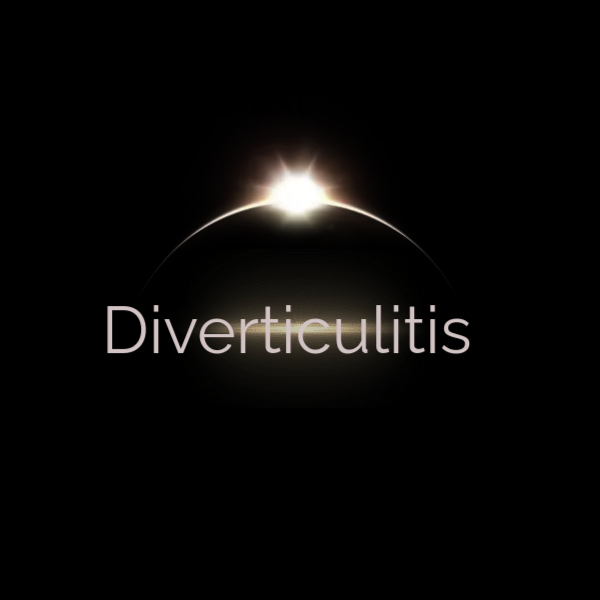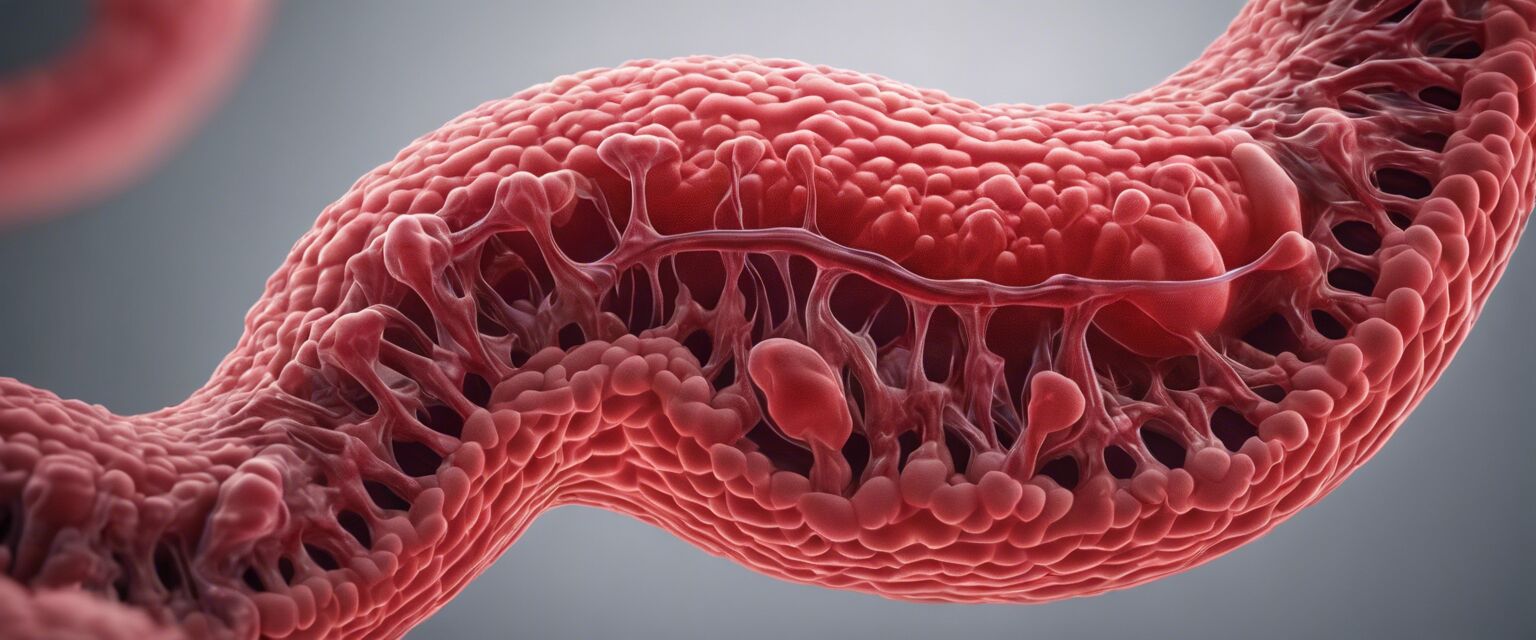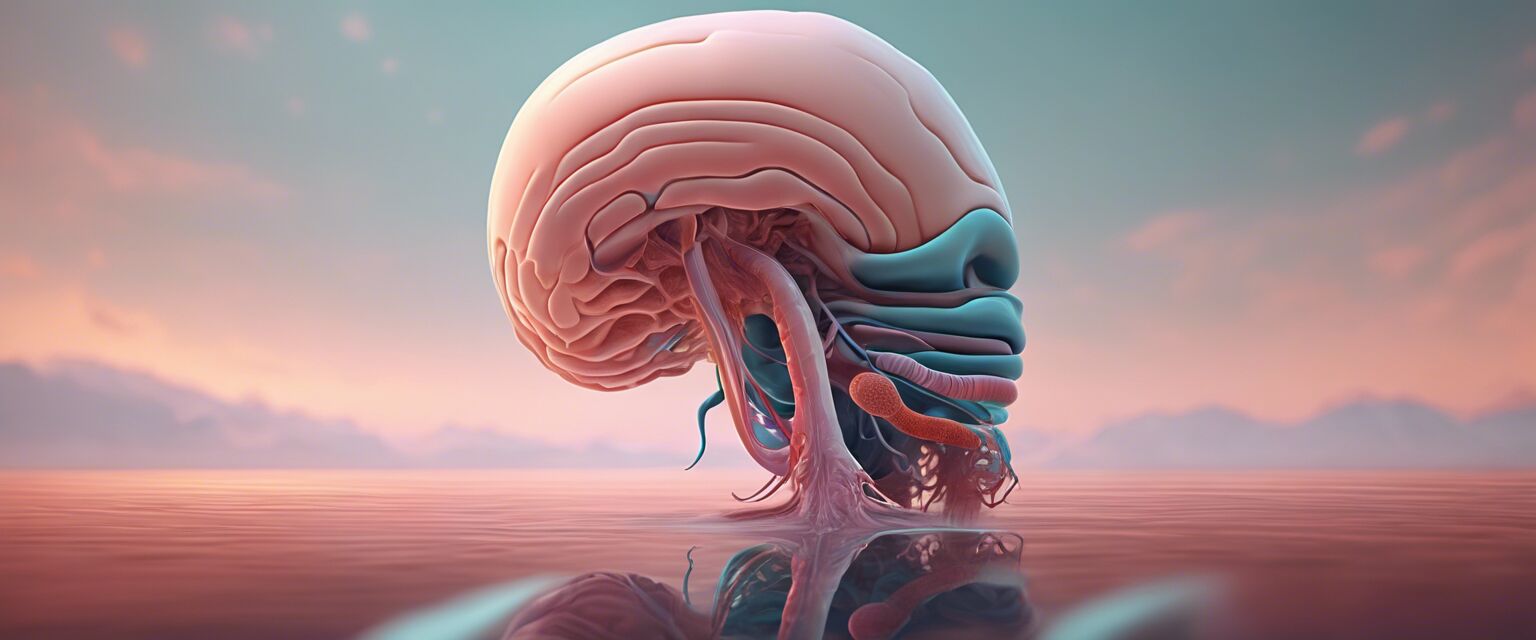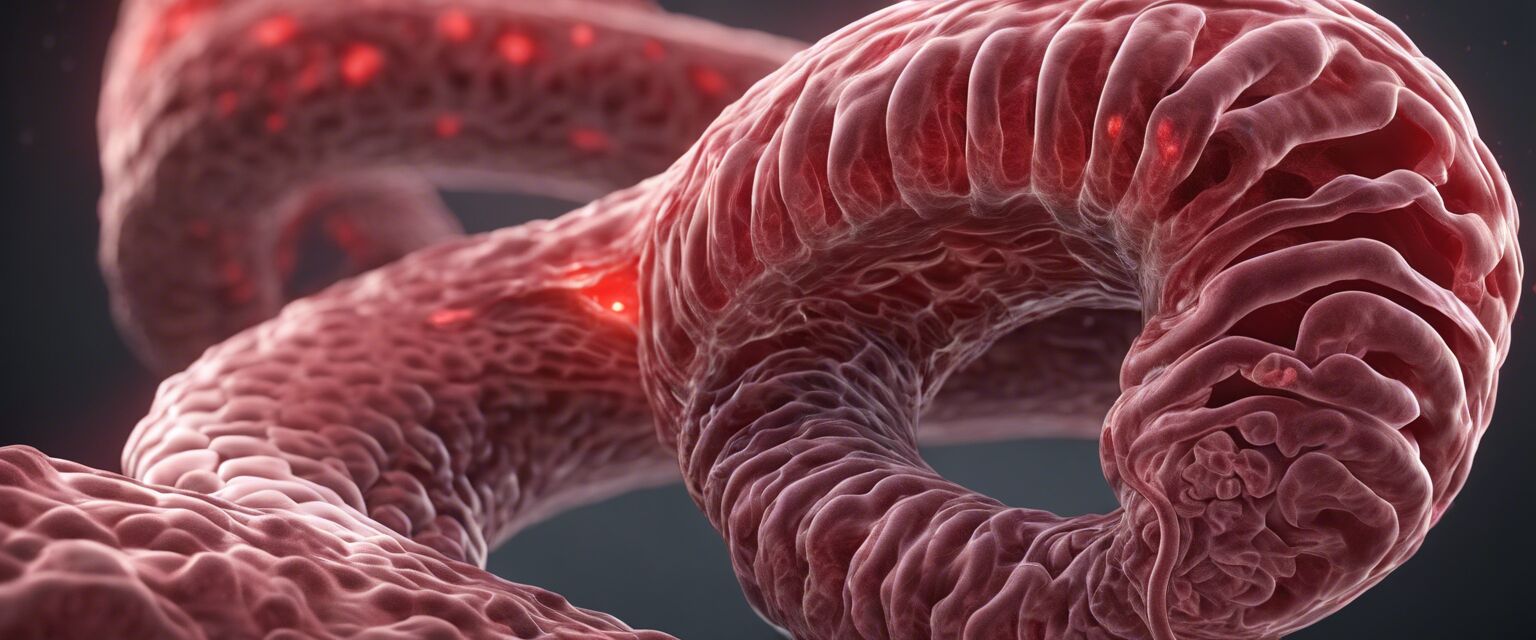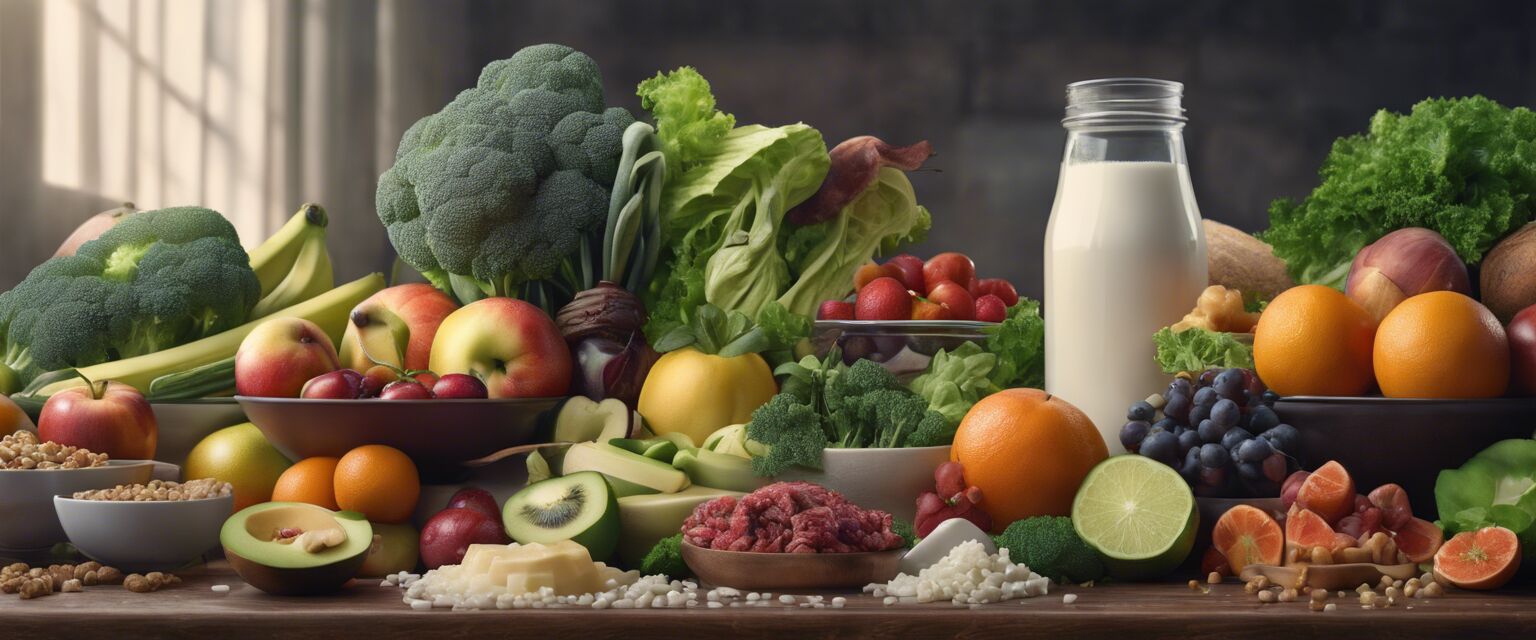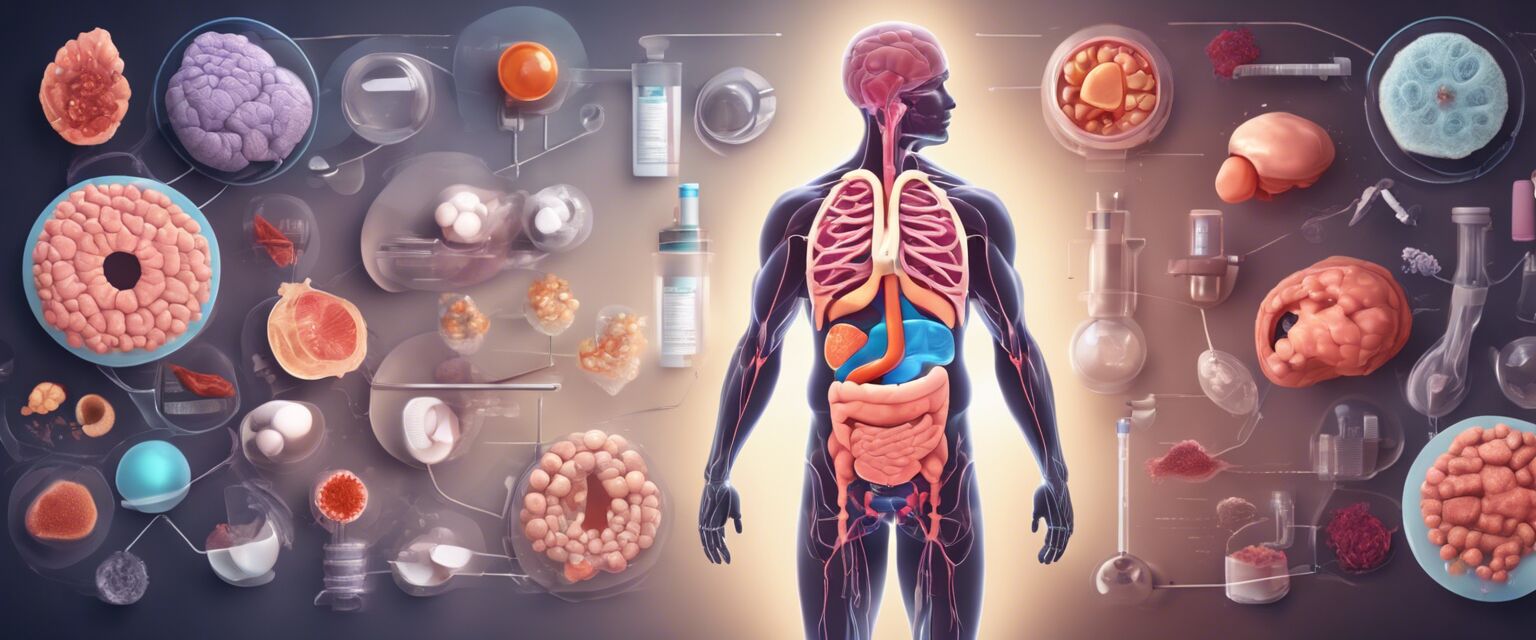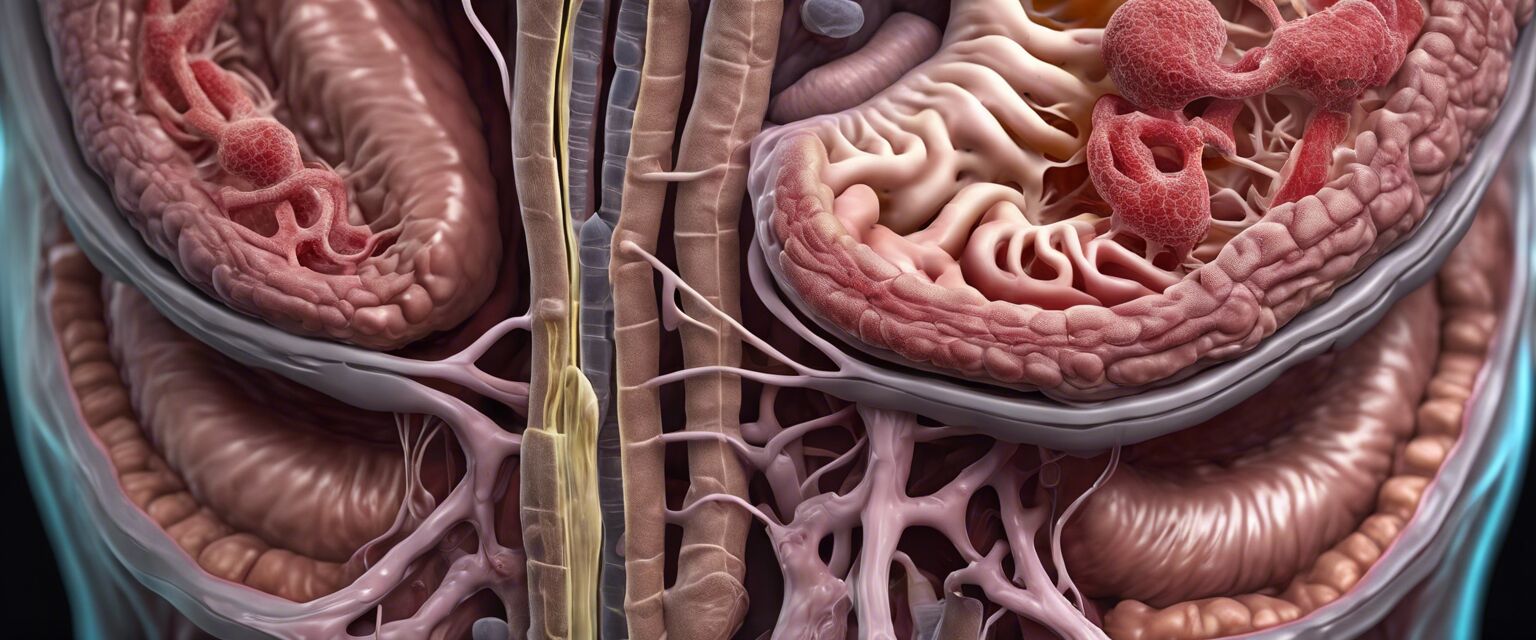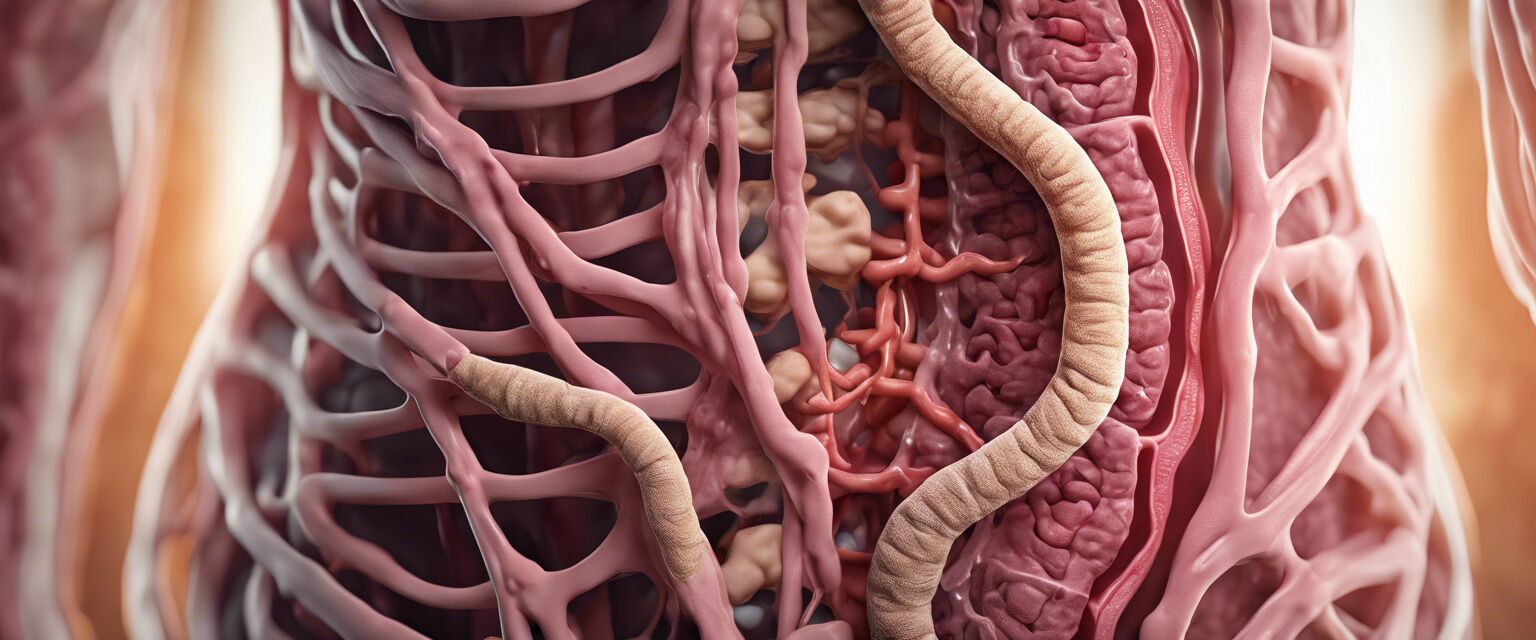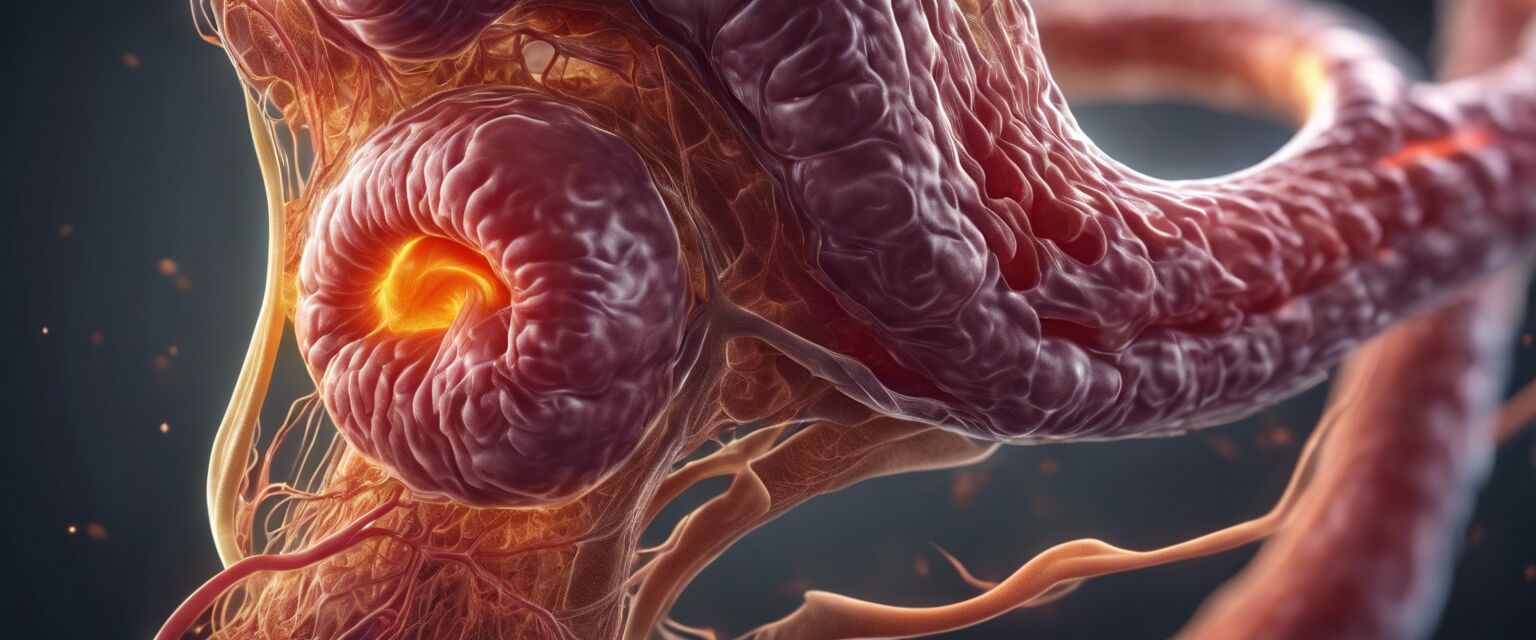
Diverticulitis Symptoms
Diverticulitis is a common condition that affects the digestive system, causing inflammation and infection in the diverticula, small pouches that form in the wall of the colon. While the symptoms can be uncomfortable and even painful, understanding what to look out for can help you seek medical attention early on and prevent complications.
Key Takeaways
- Abdominal pain, tenderness, and cramping are common symptoms of diverticulitis
- Changes in bowel habits, such as diarrhea or constipation, can indicate diverticulitis
- Fever, nausea, and vomiting may occur in severe cases
- Early diagnosis and treatment can prevent complications and reduce symptoms
Common Diverticulitis Symptoms
The symptoms of diverticulitis can vary from person to person, but some common signs to look out for include:
| Symptom | Description |
|---|---|
| Abdominal Pain | Tenderness and cramping in the lower left abdomen, which can be severe and constant |
| Changes in Bowel Habits | Diarrhea or constipation, which can be accompanied by blood in the stool or black tarry stools |
| Fever | A high temperature, usually above 100.4°F (38°C), which can indicate an infection |
| Nausea and Vomiting | Frequent and severe nausea and vomiting, which can lead to dehydration |
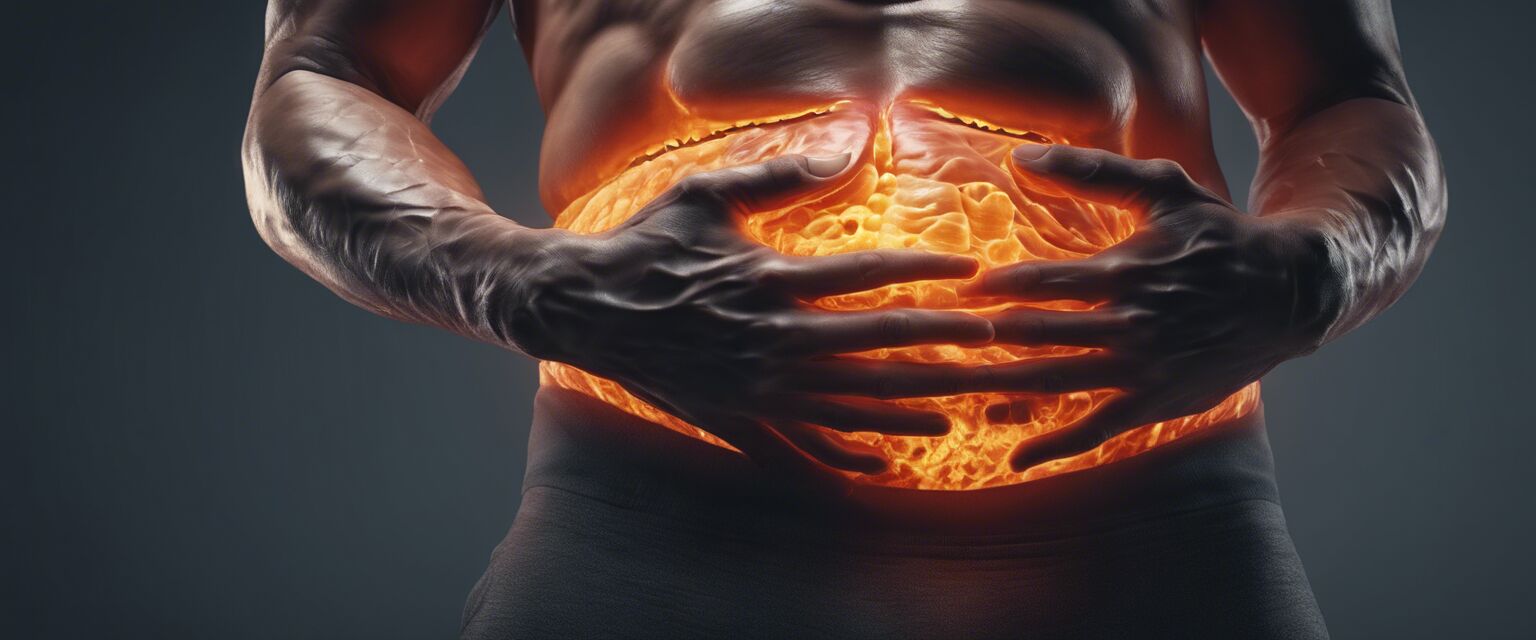
Less Common Symptoms
In some cases, diverticulitis can cause less common symptoms, including:
- Bloody stools or black tarry stools
- Difficulty urinating or painful urination
- Frequent urination
- Loss of appetite
- Fatigue
When to Seek Medical Attention
If you're experiencing any of the following symptoms, seek medical attention immediately:
- Sudden and severe abdominal pain
- Fever above 101.5°F (38.6°C)
- Vomiting blood or black tarry stools
- Difficulty breathing
- Severe diarrhea or constipation
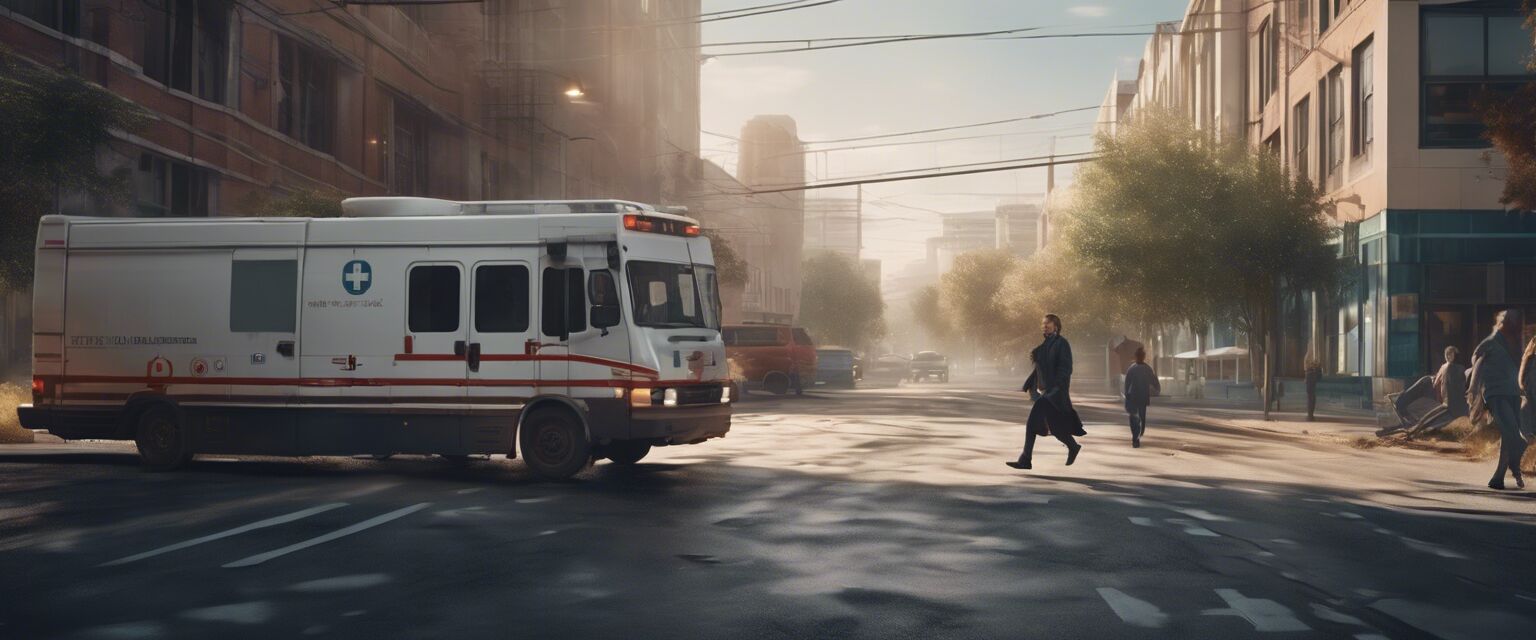
Lifestyle Changes to Manage Diverticulitis Symptoms
While medical treatment is necessary to manage diverticulitis, making lifestyle changes can help alleviate symptoms and prevent complications. Some changes you can make include:
- Eating a high-fiber diet to promote regular bowel movements
- Drinking plenty of water to stay hydrated
- Avoiding foods that can irritate the digestive system, such as spicy or fatty foods
- Managing stress through relaxation techniques, such as meditation or yoga
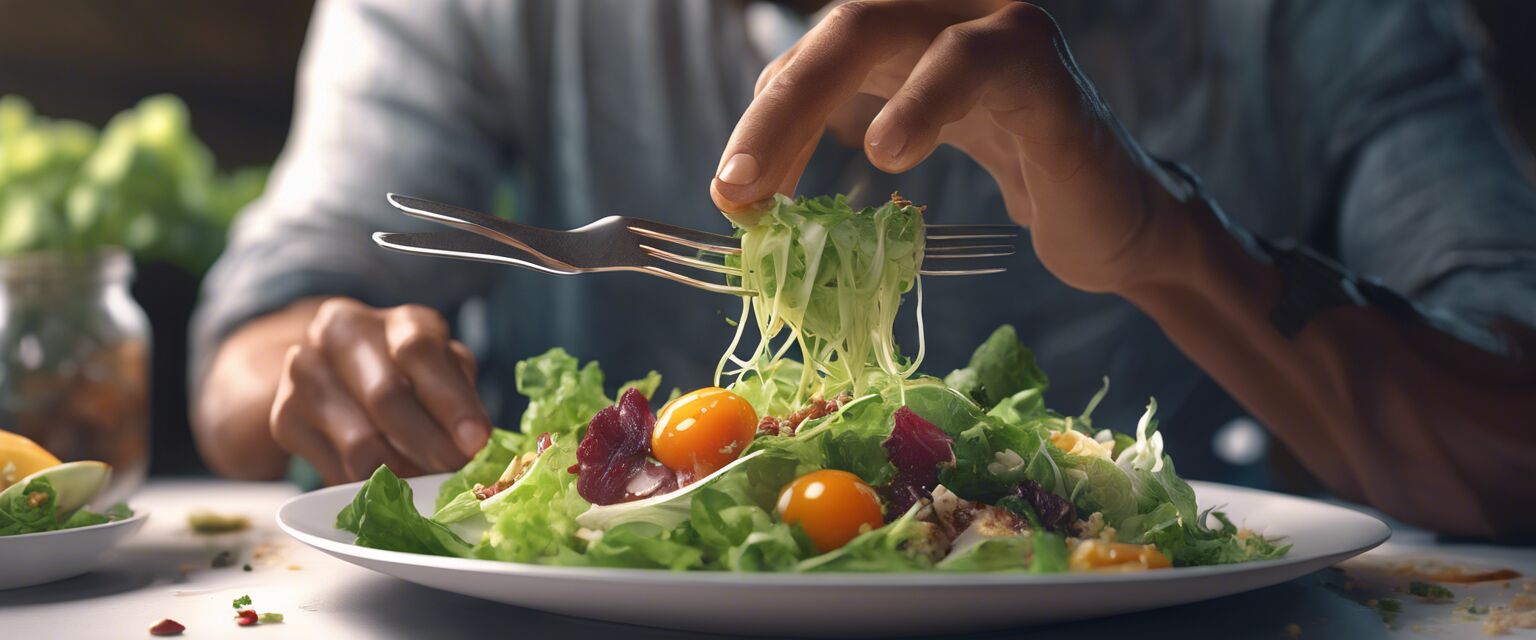
Benefits of Early Diagnosis and Treatment
- Reduced risk of complications, such as perforation or abscesses
- Improved symptoms and quality of life
- Reduced risk of hospitalization
Risks of Delayed Diagnosis and Treatment
- Increased risk of complications, such as perforation or abscesses
- Worsening symptoms and reduced quality of life
- Increased risk of hospitalization
For more information on managing diverticulitis symptoms, check out our Digestive Health Supplements and Specialized Diet Plans.
Additionally, staying hydrated is essential for managing diverticulitis symptoms. Learn more about our Hydration Solutions.
Remember, if you're experiencing any symptoms of diverticulitis, it's essential to seek medical attention early on. For more information on diverticulitis and its treatment, check out our Educational Resources.
